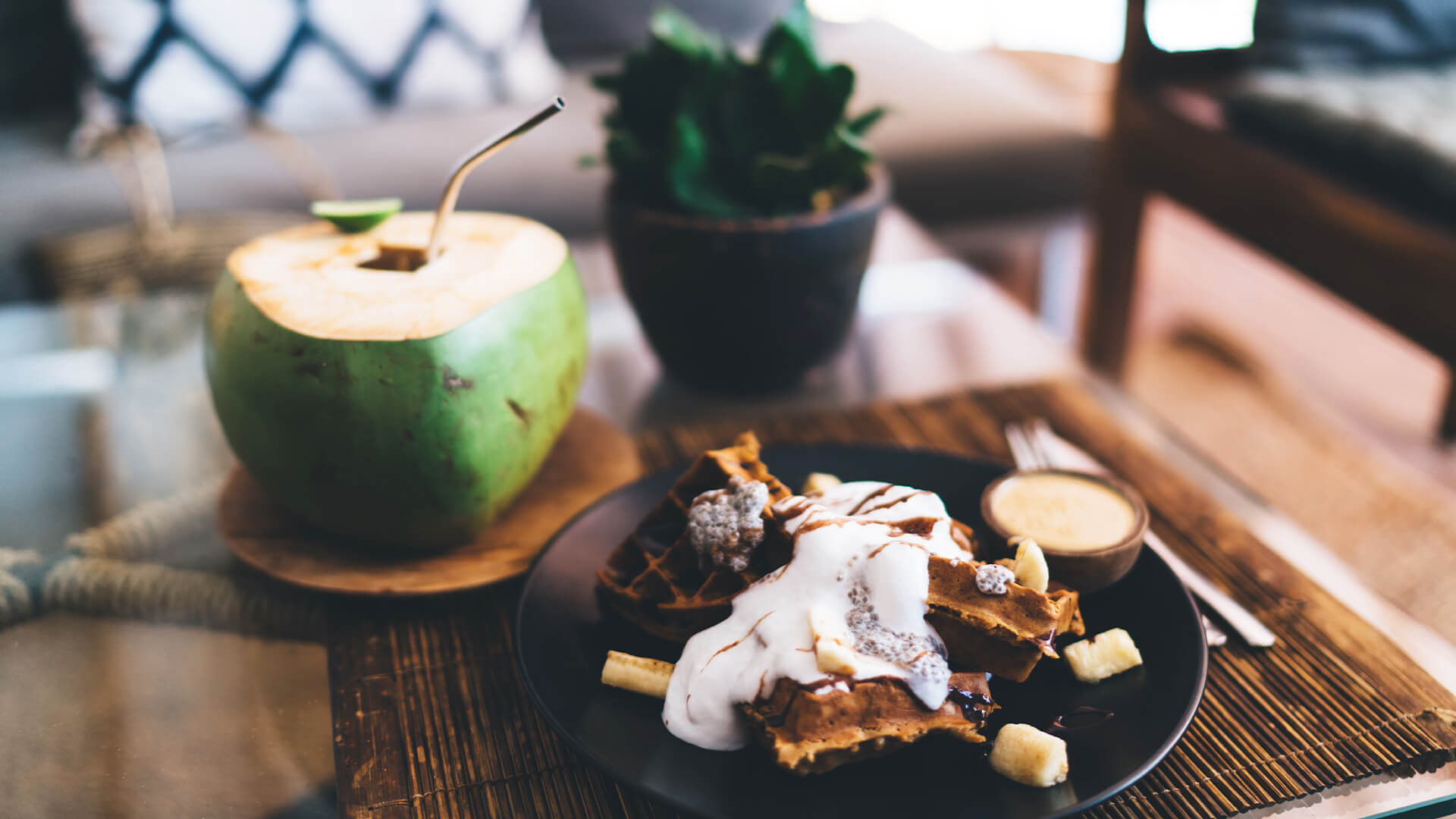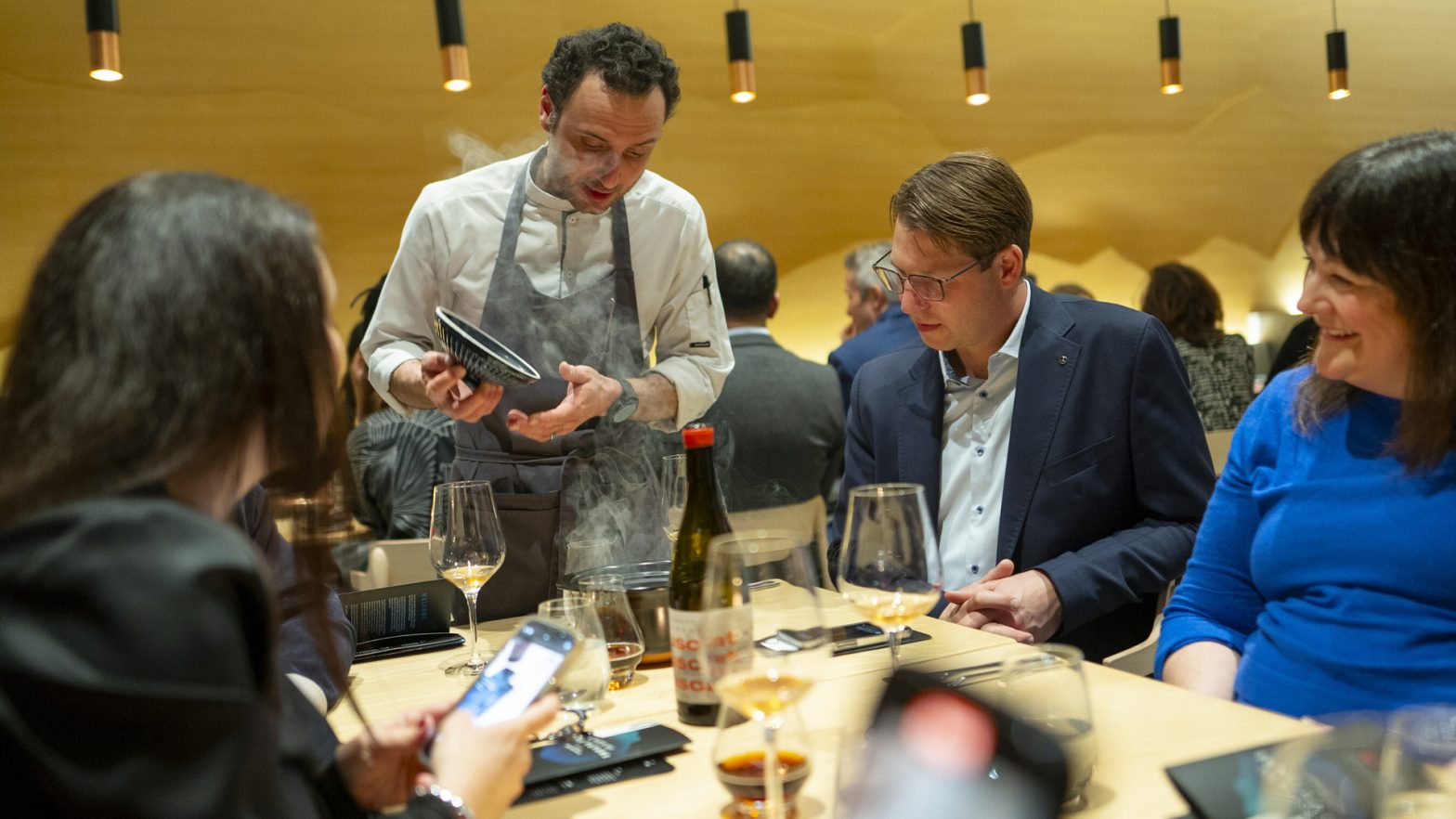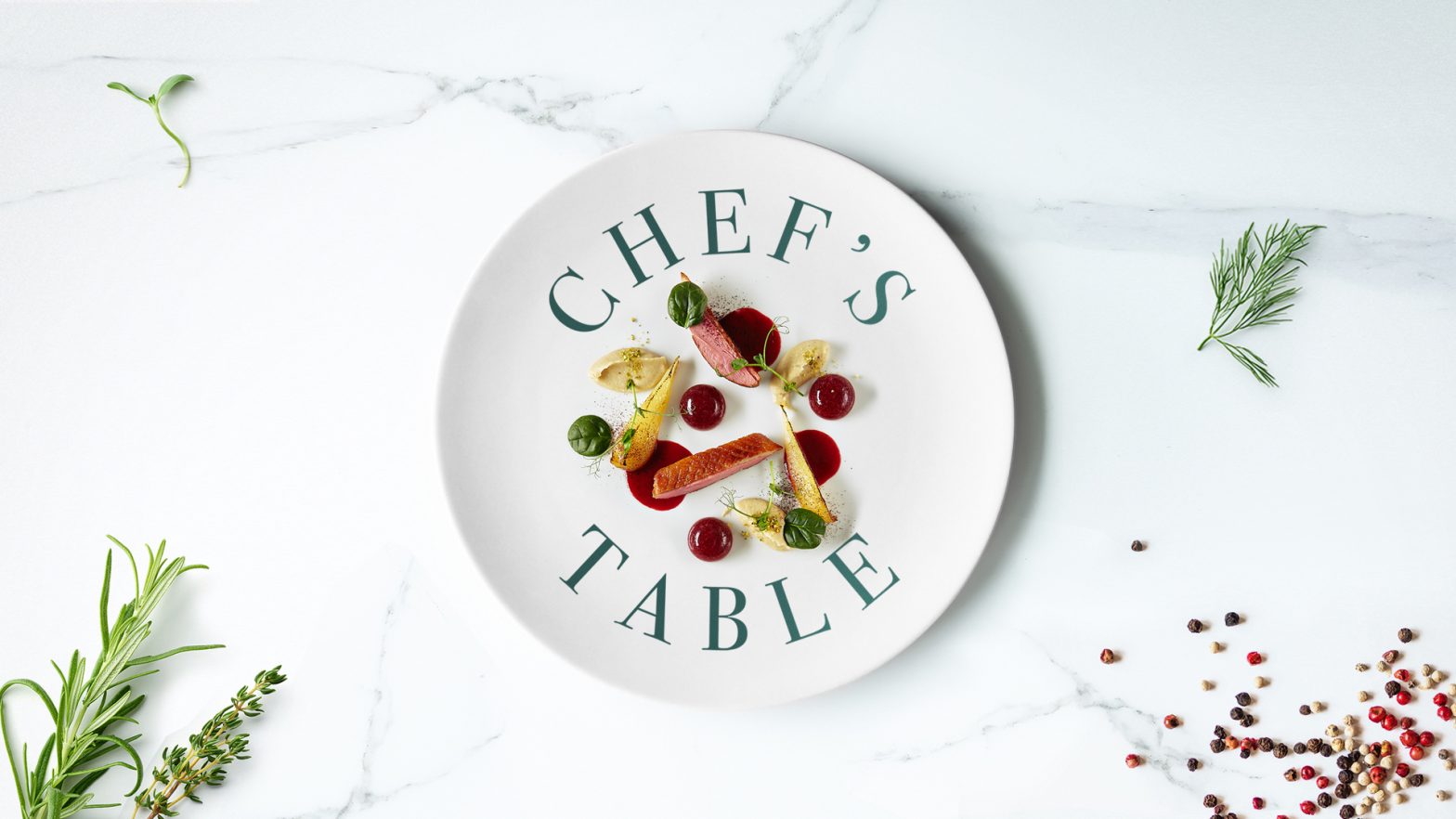
Edible plates, straws, packaging, and different types of edible utensils are some alternative innovations towards sustainability. If you are one of the managers or owners of restaurants and some food outlets in your locality, then you should start using edible utensils in providing foods and drinks to the consumers. In this way, you can help the environment by having a good impact to the planet. As much as possible, you should quit using plastic utensils when giving food to the customers. It is because plastics are non-biodegradable which have a longer lifespan in the world. Thus, these plastics badly affect the whole environment.
When the customers purchased foods from the restaurants, and you packed the foods with plastics, then there are some instances that they just throw these plastics in the garbage pins and do not even consider recycling them. So, it would be better if you start using edible utensils so that you can help limit the utilization of non-biodegradable materials.
Perhaps, you’re still wondering how this edible plastic & packaging helps everyone in the process. If you want to learn something about it, then here are the lists of the reasons why you need to use these edible utensils not only in your business operations but even at home:
- These are said to be functional – Edible utensils may come in various shapes and sizes. These can become spoons, forks, or even chopsticks. Typically, these could have a lifespan until 18 months. Once you’re not done eating them and already reached their expiration date, then you can just pour some water on these utensils or let them decompose. These can be degraded with three days.
- These are Eco-Friendly – Using edible utensils is good for everyone and for the whole environment. Edible utensils help limit the use of plastics, resulting to the reduction of plastic wastes. These are also biodegradable and would decompose if not needed already. These types of utensils are better be utilized at home and in business operations instead of using plastic cutlery. It is because plastics are typically made up of polystyrene and polypropylene, which could take more than 400 years to perish.
Moreover, the production of at least 1 lb. of plastic flatware could almost take around 78 L of water, releasing 2.5 pounds of carbon dioxide. On the other hand, edible utensils are made up of ingredients that are safe to be taken by the human body. For instance, some restaurants utilize ingredients like sorghum, rice, and wheat. When they produce sorghum, there would be around 4.35 L of water is being used by the 1 lb. of sorghum. It also releases 0.19 pounds of carbon dioxide.
- These are nutritious – Edible utensils are basically good to the health of the body. It is because these offer iron, protein, fiber, and calcium. Moreover, sorghum is said to be rich in micro-nutrients. If you are celiac, you can also have edible utensils that are gluten-free. At some point, if you badly need to boost up your energy, then these also contain around 34.86 calories for every utensil, which are good in providing additional energy.
Below are some nutritional pieces of information per utensil:
- Energy – 34.86 kilocalorie
- Fat – 0.12 gram
- Proteins – 1.06 grams
- Fiber – 0.19 gram
- Minerals – 0.13 gram
- Iron – 0.56 gram
- Carbohydrates – 7.64 grams
- Calcium – 2.13 mg
- Thiamine – 0.03 mg
- Carotene – 3.97 mg
- Niacin – 0.28 mg
- Riboflavin – 0.01 mg
- Folic acid – 1.33 mg
With these nutritional facts, you will be guided on how nutritious the edible utensils are. So, you may prefer to use these instead of plastic utensils in the kitchen at home or even in your restaurants for your business operations.
- These are the perfect combination with your soup during meals – For say, you’re using edible spoons during your dinner or lunch. Then, these edible spoons would complement your soup as well. Unlike normal croutons or crackers, these edible spoons will not become moist while you’re eating your soup.
- These are delicious and safe to be eaten – Generally, edible utensils come in three flavors such as sweet, savory, and plain. Although these types of utensils have different types of flavors, you can have a guarantee that these will not overpower the regular taste of the food. In addition to that, these are safe to be eaten or taken by the body. Rest assured that there will be no side-effects upon taking these along with your foods. In fact, there are some people who already started to use edible utensils since they believe that these could somehow help them in achieving economic sustainability.
So, if you think that these edible utensils are good alternatives from plastic utensils, then you may start using them now in your kitchen. Using ample time and a perfect recipe, you can make sure that you will have a perfect experience when eating your favorite dish with your family.
However, you need to know first some of the basic characteristics of edible utensils once you want to use them for good. Here are some of them:
- Edible utensils don’t perform well on cutting foods.
- Edible forks contain clumsy teeth compared to regular ones.
- Knives that are edible don’t have sharp edges; so, they cannot cut through foods if you wish to do that.
- Edible spoons are designed for scooping, pushing, pulling, and holding foods easier than those with knives and forks.
Some cultures don’t use knives or forks while dining with their family. In fact, some of them only use fingers and hands when eating. There are also some people who consider sharp objects at their meal table as rude since these remind them about hunting and killing games. These also evoke their thoughts and ideas about butchering processes that are being considered as very indelicate.
But regardless of the different cultures and religious practices on eating, the notion pertaining to utilizing edible utensils is quite intriguing. This is a kind of idea which encompasses opportunities. So, you may also try using edible utensils in your kitchen and even eating foods at home.











































